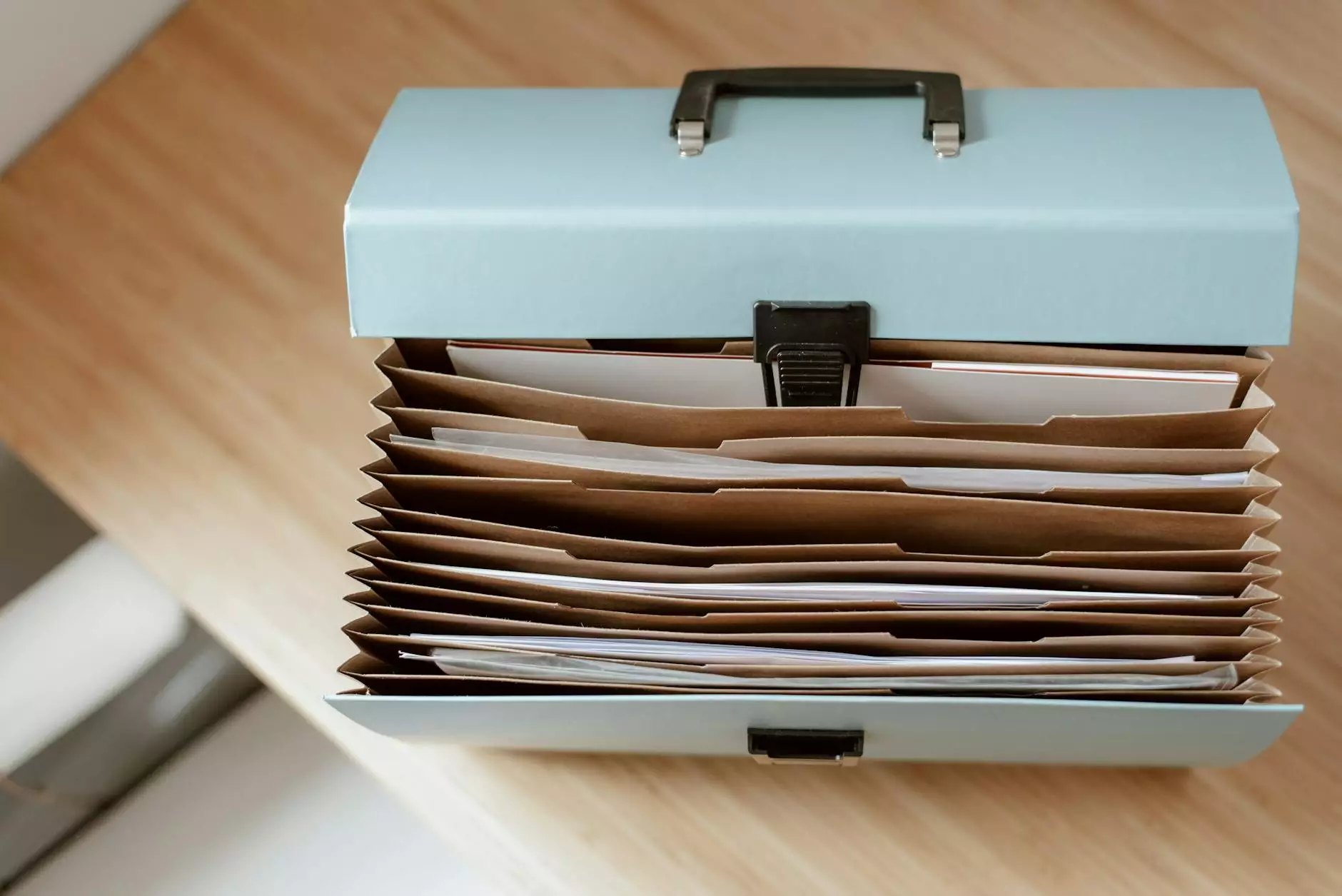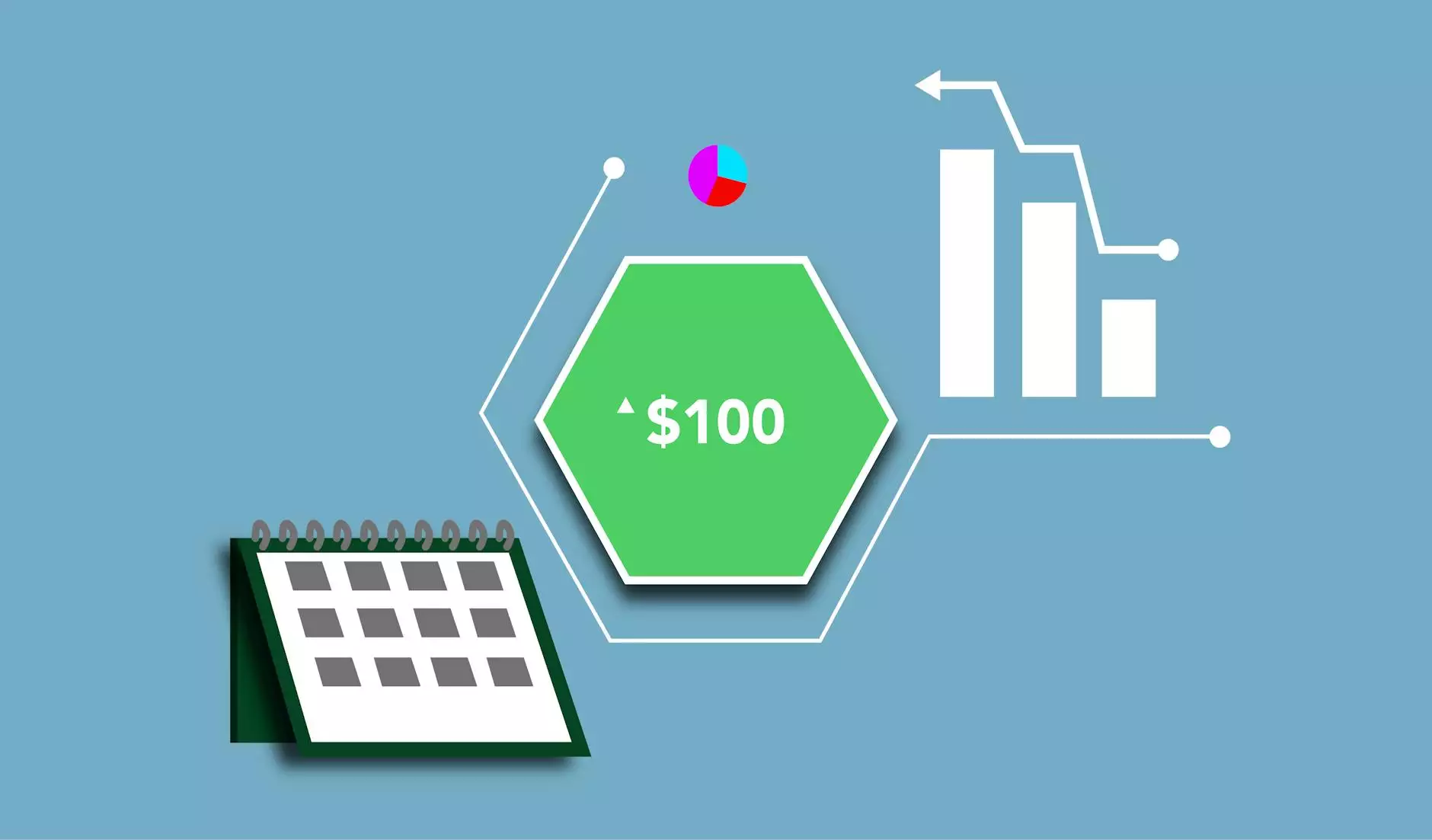The Complete Guide to Inflation 101
Content Marketing
Introduction to Inflation
Inflation is a term that frequently features in economic discussions and news reports. It refers to the rate at which the general level of prices for goods and services rises, resulting in a decrease in purchasing power over time. Understanding this economic phenomenon is crucial for businesses and consumers alike.
Causes of Inflation
There are various factors that can contribute to inflation, including:
- Demand-Pull Inflation: This occurs when aggregate demand exceeds aggregate supply, leading to a rise in prices.
- Cost-Push Inflation: When the cost of production increases, such as due to higher wages or raw material costs, businesses may pass on these costs to consumers through higher prices.
- Monetary Expansion: Governments and central banks may increase the money supply, which can lead to inflation as more money chases the same amount of goods and services.
Types of Inflation
There are different types of inflation that can affect an economy:
- Creeping Inflation: A gradual increase in prices over time.
- Hyperinflation: An extremely rapid and out-of-control rise in prices.
- Stagflation: When high inflation is combined with high unemployment and stagnant economic growth.
Effects of Inflation
Inflation can have significant impacts on various aspects of the economy, including:
- Purchasing Power: As prices rise, the value of money decreases, affecting consumers' purchasing power.
- Interest Rates: Central banks may adjust interest rates in response to inflation to control the money supply.
- Cost of Living: Inflation can lead to an increase in the cost of living, affecting individuals' standard of living.
Managing Inflation
Governments and central banks use various tools to manage inflation levels, such as:
- Monetary Policy: Adjusting interest rates and the money supply to control inflation.
- Fiscal Policy: Government spending and taxation policies can also influence inflation levels.
- Indexing: Linking wages and prices to inflation rates can help mitigate the impact of rising prices on consumers.
Conclusion
By understanding the basics of inflation and its effects, businesses and consumers can make informed decisions to navigate economic conditions effectively. Keep exploring our website for more insights into inflation 101 and stay ahead in the ever-changing economic landscape.









